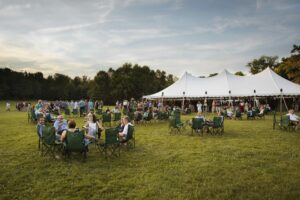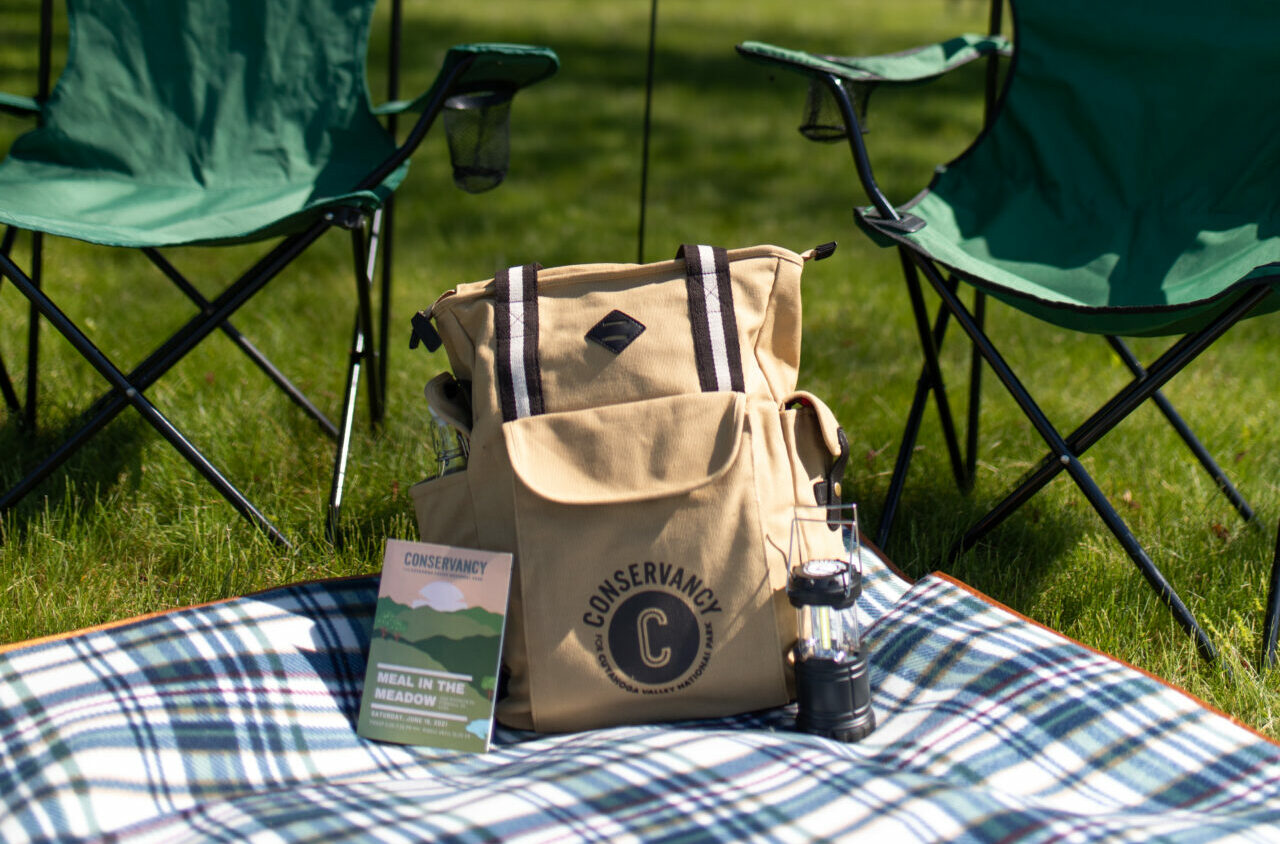Normally, when I look at my hiking boots, I get a warm nostalgic feeling. Those clunky boots are heavy with the memory of energetic hikes, lazy walks to nowhere, and the discovery of some plant, bird, or bug that I hadn’t seen before. But occasionally those boots remind me of the puzzled, nervous, and sometimes angry stares that I receive as a Black woman enjoying nature. Behind these stares are the loud unspoken questions, “do you belong here” and “are you a threat?”
This question of belonging and being Black or Brown in a green space was answered with hostile aggression last week in New York’s Central Park when a White woman, made a false accusation of threatening behavior against a Black man and avid birder just because he asked her to leash her dog. Weeks prior, a young Black man jogging in his Georgia neighborhood was assumed to be a safety threat and shot to death. Still stinging from these events, our country is mired in a case of lethal police brutality against a Black man in Minnesota.
I am admittedly emotionally exhausted. The boots that cradled me and connected me to the good earth just days ago now seem to grip me in paralyzing fear—fear of the trauma of racism, the needless loss of life, and just being Black outdoors. The path forward for both me and our community demands honest dialogue about the history that lead us to this dangerously low place as well as serious work on a map to higher ground.
The Conservancy for Cuyahoga Valley National Park acknowledges that the land of native peoples doesn’t belong to us; we are simply caretakers. We believe that the park should provide a safe and welcoming experience for all guests. We expect that Conservancy programming will accurately and respectfully reflect cultural diversity. We know we are better together and we trust that you, our valued friends, supporters, and members, will hold us accountable as we take this journey.
Best regards,
Dione Alexander
Chair-Board of Directors
Conservancy for Cuyahoga Valley National Park
















